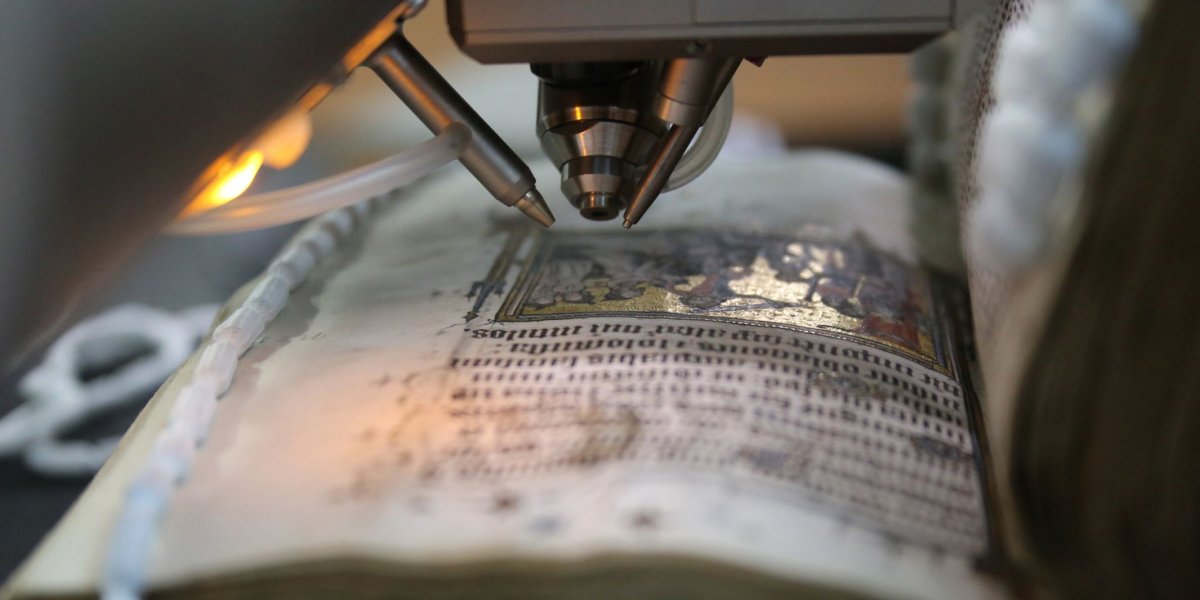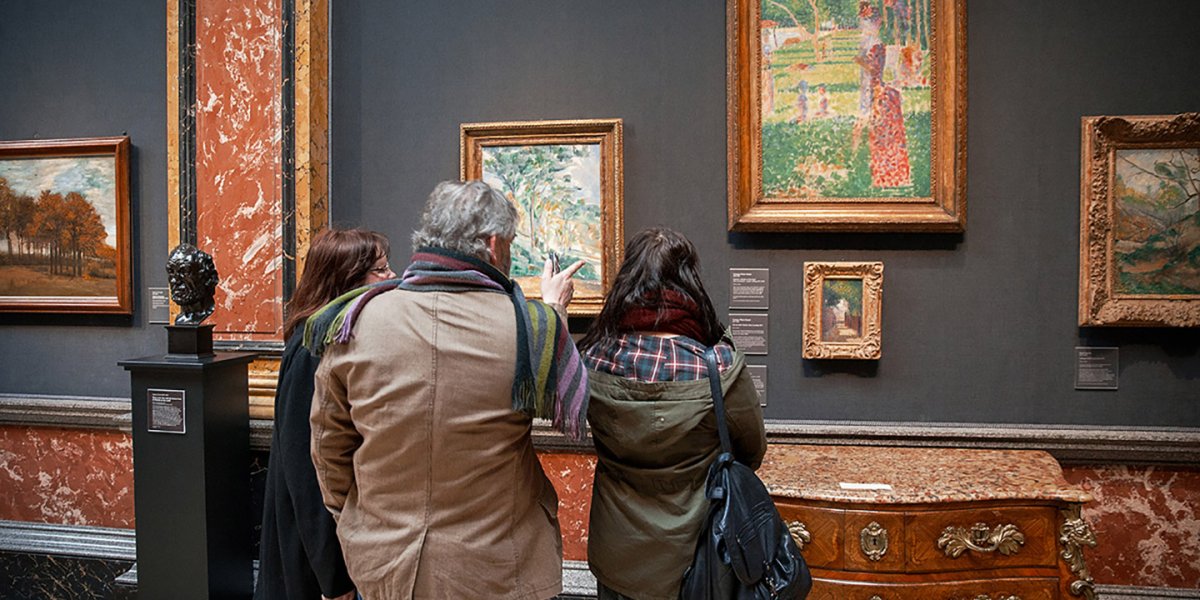Heritage science investment to unveil secrets of Cambridge University collections
The University of Cambridge has been awarded £3m from the AHRC's Capability for Collections Fund to invest in equipment and refurbishment that will enable researchers from across the UK and worldwide to undertake new research into its heritage collections.
The University is home to the highest concentration of internationally important collections outside London, which span the full spectrum of natural and cultural diversity over time and across the world. This includes paintings by Titian, Monet and Picasso; early hominid tools discovered in East Africa by Louis Leakey; international archaeological and natural history collections; as well as books, maps and manuscripts spanning over 4,000 years of human history and in more than 2,000 languages.
A consortium of five institutions — the Fitzwilliam Museum, Hamilton Kerr Institute, McDonald Institute for Archaeological Research, Museum of Archaeology and Anthropology, and Cambridge University Library — will benefit from this investment. This cross-departmental collaboration was developed within the context of the Cambridge Heritage Science Hub (CHERISH) initiative, recently launched within the Materiality Research Growth Network of the University’s Research and Collections Programme.
The project will be led by Dr Paola Ricciardi, Senior Research Scientist at the Fitzwilliam Museum, with Professor Marcos Martinón-Torres, Pitt-Rivers Professor of Archaeological Science at the Department of Archaeology. They will work with a cross-departmental, interdisciplinary team, including Dr Suzanne Paul, Keeper of Rare Books and Early Manuscripts at Cambridge University Library; Professor Nicholas Thomas, Director and Curator at the Museum of Archaeology and Anthropology; and Dr Lucy Wrapson, Senior Conservator at the Hamilton Kerr Institute. The AHRC’s investment in the CHERISH infrastructure will invigorate the existing strong potential for heritage science and materiality research to bridge Cambridge’s collections, disciplines and departments, ultimately supporting wider arts, culture and STEAM agendas through scientific approaches to the understanding of our cultural heritage.
It is the convening power of Cambridge’s extraordinary collections that makes an ambitious project such as CHERISH possible...Through this funding, CHERISH can strengthen its foundation for world-leading, innovative Heritage Science research that will be more accessible both to the Cambridge and wider community.
Professor Martinón-Torres said, "This is a huge boost to our capacity to apply the latest scientific techniques to the investigation of the past, and to the preservation and dissemination of our collections. As a UKRI world-class laboratory, we will host an unparalleled range of equipment for the chemical, molecular and microstructural analysis of all kinds of archaeological and other collections, as well as advanced 2D and 3D imaging, consolidating a university-wide facility specifically tailored for archaeology and heritage. We expect these facilities to make an impact well beyond Cambridge.
I am particularly excited because this project developed from bottom-up informal collaborations, with a group of us explicitly blurring the boundaries between archaeological science and heritage science, and benefitting from the many synergies that grow out of shared ambitions and workspaces. Whether we are researching archaeological assemblages, museum art and ethnography, natural history collections, or historic manuscripts, ultimately we are all interested in understanding the past, exchanging knowledge with all kinds of stakeholders in the present, and preserving this heritage for the future. Scientific approaches are key to all of these dimensions but equally important is an intellectual framework that is shaped by the arts and humanities. For this reason, I am especially pleased that this funding comes from the AHRC."
Fitzwilliam Museum Director Luke Syson said, "We’re absolutely delighted that the AHRC has recognised the truly extraordinary opportunities we have to pursue heritage science within Cambridge University. Our CHERISH initiative draws together our collections and research methodologies to investigate the making and histories of art and artefacts from prehistory to the present day and from all over the world. The University’s collections, at the Fitzwilliam, the University Library, and the Museum of Archaeology and Anthropology, span all human history, with objects of a range unmatched by any of the great museums in the capital. The records in conservation, technical art history, and archaeological science research and teaching at the McDonald and Hamilton Kerr Institutes, drawing upon the acclaimed scientific expertise of the larger University, have already made them world leaders. This significant investment in Cambridge’s new network will provide the tools and facilities for further, and even more effective, collaborative research that will ensure fascinating new insights into our material past. It’s very exciting indeed."
"It is the convening power of Cambridge’s extraordinary collections that makes an ambitious project such as CHERISH possible," says Dr Jessica Gardner, University Librarian. "Through this funding, CHERISH can strengthen its foundation for world-leading, innovative Heritage Science research that will be more accessible both to the Cambridge and wider community."
This article was first published on the Department of Archaeology website.
Support our collections, libraries, and museums
You can make a gift online or find out more about supporting our collections, libraries, and museums, please contact:

